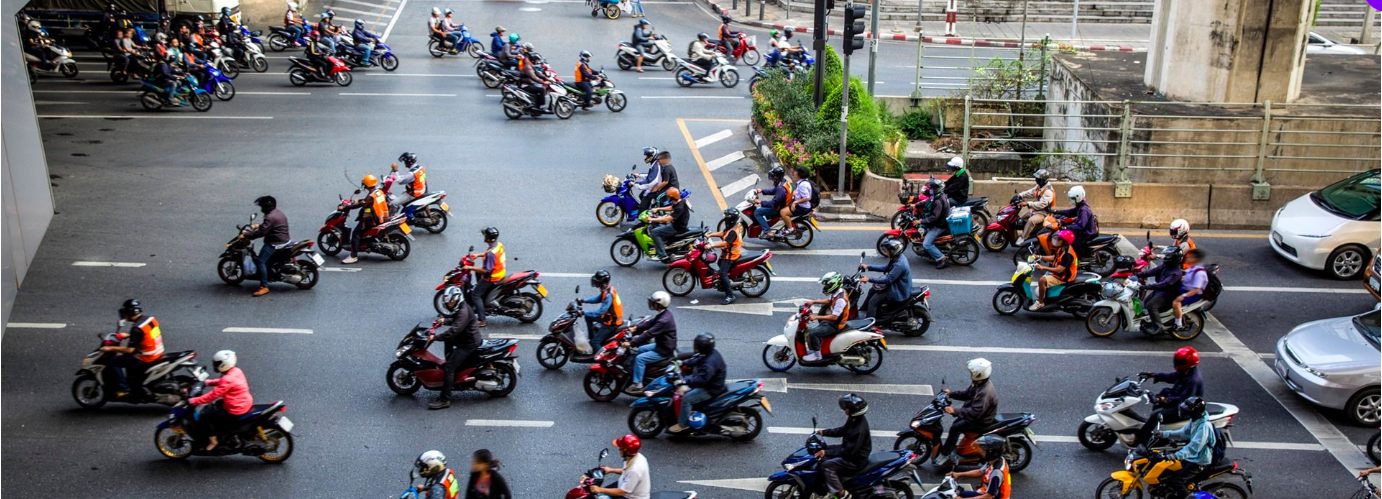
The World Health Organization [WHO] and partners launched a revised manual to help curb the scourge of road traffic deaths and injuries through managing speed on the world’s roads today.
“We’ve known that speed kills for decades, yet there is still much work to do to convince policy-makers and the public of the huge risks posed by speeding. This is especially true for areas with high numbers of pedestrians, cyclists and other vulnerable road users,” said Dr Matts-Ake Belin, Global Lead for the UN Decade for Action for Road Safety 2021-2030 at WHO.
Managing speed is key to improving road safety. The speed at which a vehicle travels influences the risk of a crash, the severity of injuries and the chance of death from crashes. With a focus on low and middle-income countries, where nine in ten deaths occur, the revised manual calls for countries to adopt the safe system approach to road safety, which puts people and safety, not vehicles, at the centre of mobility systems, with speed management as a key feature.
The launch of the manual comes as WHO gears up to launch the Global Status Report on Road Safety 2023 that will detail the scale of road traffic deaths, and global progress in advancing laws, strategies and policies to reduce them.
The Speed Management Manual is part of a series of manuals that are co-produced by WHO, the Global Road Safety Partnership (GRSP), the FIA Foundation and the World Bank, with financial support from Bloomberg Philanthropies.










